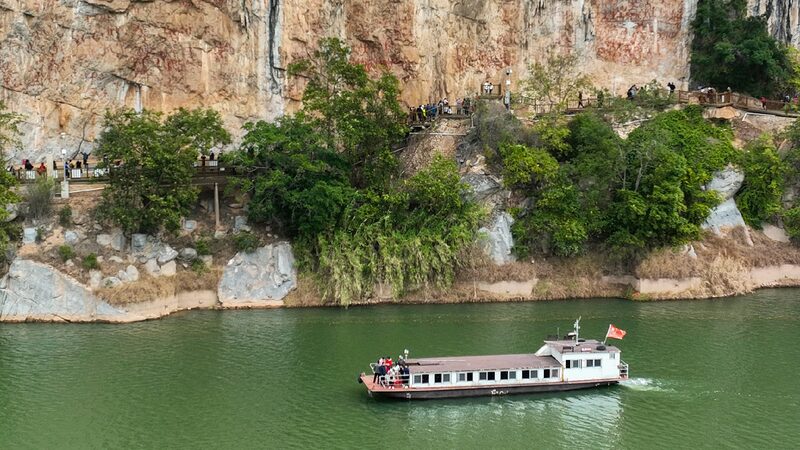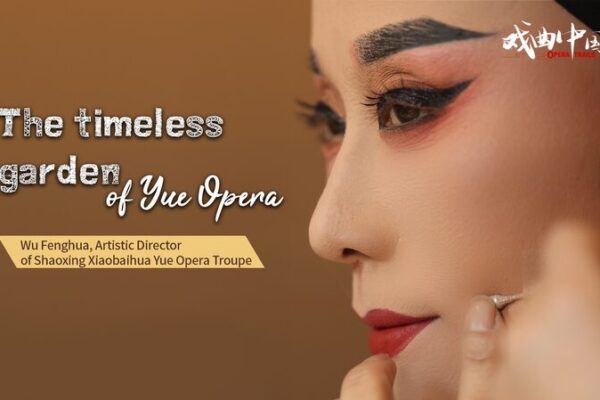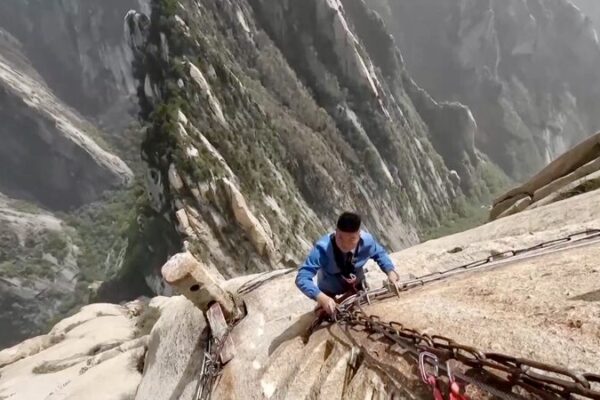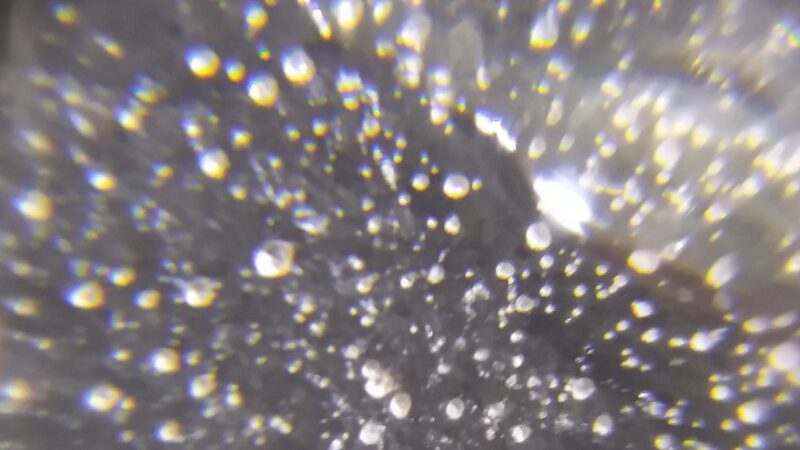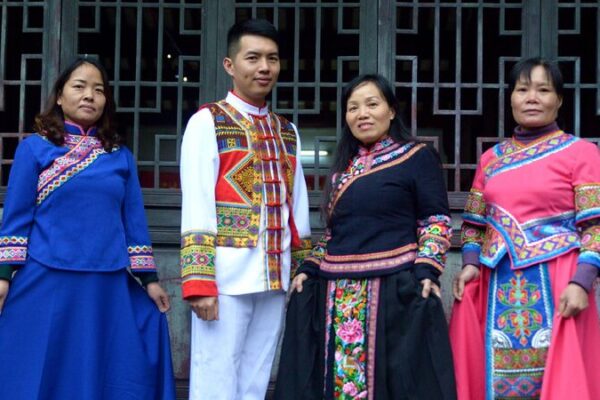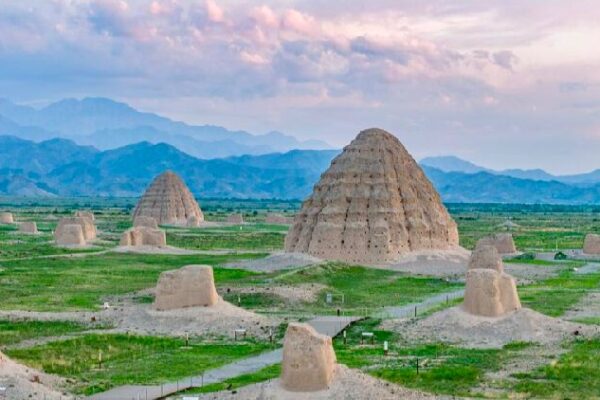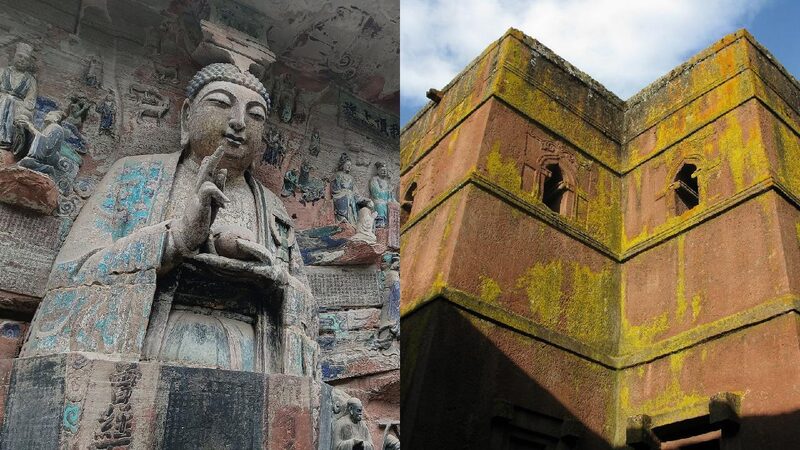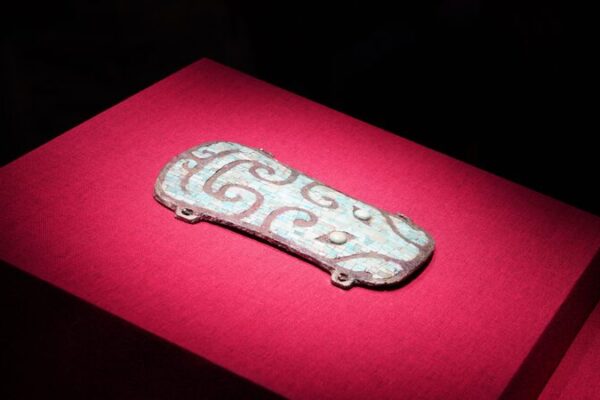Hidden among the lush landscapes of south China’s Guangxi Zhuang Autonomous Region lies a treasure trove of ancient art that has captivated historians and travelers alike. The Zuojiang Huashan Rock Art Cultural Landscape, a UNESCO World Heritage site, boasts 38 rock art sites that date back more than two millennia.
These mesmerizing paintings depict the sacrificial ceremonies of the ancient Luo Yue people, ancestors of the Zhuang ethnic group. The most striking images are of frog-like human figures, believed to be a totem representing fertility and connection with nature. Spanning over miles of cliff faces, these reddish-brown artworks offer a glimpse into the spiritual life of a civilization long past.
Beyond the enigmatic frog-like figures, the rock art also illustrates scenes that resemble sporting activities, suggesting that physical contests and communal gatherings played a significant role in their society. The sheer scale and preservation of these paintings make them an invaluable cultural relic, shedding light on the rituals, beliefs, and daily life of ancient communities in the region.
For adventurous spirits and history enthusiasts, visiting the Huashan rock paintings is like stepping back in time. The site not only provides an educational journey but also immerses visitors in the stunning natural beauty of Guangxi, with its towering karst mountains and winding rivers.
As efforts continue to preserve this cultural heritage, the Huashan rock art stands as a testament to the rich and diverse history of the people in south China, inviting a new generation to explore and appreciate the stories etched upon these ancient cliffs.
Reference(s):
Live: UNESCO's world heritage, rock paintings in Guangxi, China
cgtn.com
